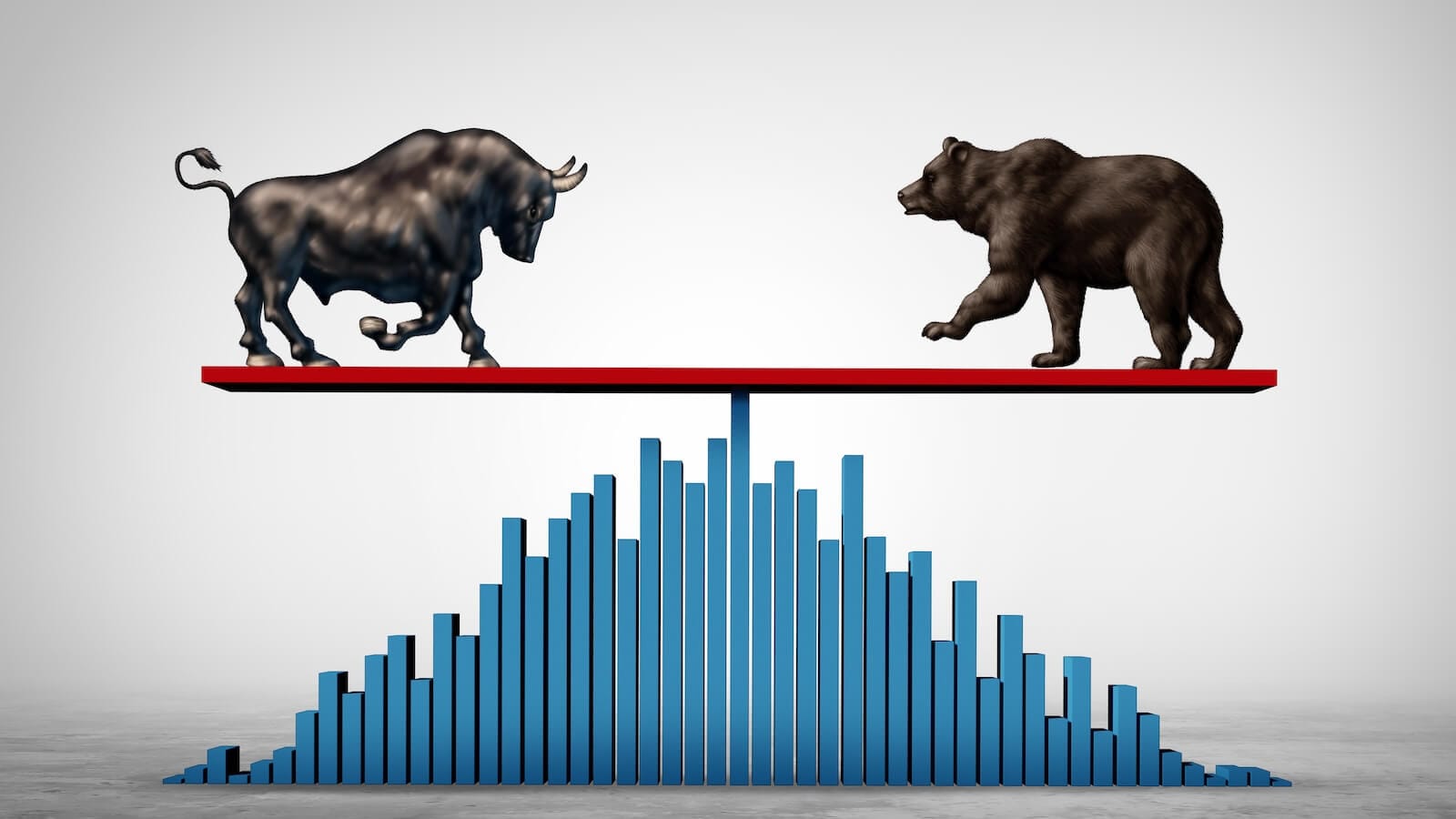Gold Is Showing Signs of Exhaustion, But Is It Enough to Call a Top?
Chart 1 shows that inflation-adjusted gold recently broke above a 45-year line of resistance. Since the third leg of the secular bull market began in 2023, the price of the yellow metal has been moving up sharply, thereby propelling the long-term KST to the edge of its overbought zone. It looks very overextended, which it is, but that is not sufficient to call a top for any time frame. After all, the series of rising peaks and troughs, as flagged by the thin red and green arrows, is still intact. The price is also above its 12 (not shown) and 24-month moving averages, and while the long-term KST may be extended, it is, nevertheless, still rising.

Sometimes, reversal signals can be obtained from indicators that are timelier than the long-term KST. Chart 2 offers one possibility, with the PPO constructed with the 6- and 15- month parameters. The red horizontal line indicates when the 6-month EMA is 10% above its 15-month counterpart, while the red vertical lines tell us when this oscillator reaches its overbought zone and quickly reverses. Signals are also generated when it pushes through the 10% level and crosses back below it. Setups of that nature have occurred a total of six times since the early 1970's. With the exception of the 2006 signal, all were associated with an important peak. The oscillator has already exceeded the 10% level; however, it has not yet triggered a seventh signal, with a decisive move below the 10% level. Close, but no cigar!

Chart 3 features my Special K (SPK) indicator, which you can read about here.It combines short-, intermediate-, and long-term KST data into one comprehensive series, and has a strong tendency to peak and trough more or less simultaneously with the price series it is monitoring. Those turning points, of course, are easy to spot with the benefit of hindsight. Since that information is not available in real time, positive and negative crossovers of the SPK's red signal line are used as confirmation instead. The red vertical lines flag negative signal line crossovers that develop from above the red horizontal overbought line. Apart from another false negative in 2006, the five remaining signals were essentially on target.

Chart 4 shows the same setup, but this time it focuses on the period since 2020. At the moment, the Special K is in an uptrend, since it is trading above its signal and up trendline. Please remember you can update these charts going forward simply by clicking on them.

Gold and Gold Shares
The performance of gold and gold shares is often quite similar, though there are enough discrepancies between them to keep unwary investors on their toes. A useful relationship between conservative gold mining stocks, which hedge their production, and those that are more leveraged on the gold price, as they choose not to hedge, is also helpful. The latter are represented by the Gold Bugs Index ($HUI) and those that lean towards the relative safety of hedging by the Philadelphia Gold Index ($XAU). When the ratio between them is rising, it reflects confidence, since it means gold investors are bidding up the stocks contained in the more risky Gold Bugs index.

Using the benefit of hindsight periods when the ratio was rising have been shaded in green. If you look at the top window containing the SPDR Gold Trust (GLD) you can see that the gold price typically rises under a green environment. Chart 6 takes this a step further by constructing some trendlines. It is evident that the ratio has just broken out from an upward sloping reverse head-and-shoulders, which signifies it is likely to move higher. If that proves to be the case, the gold price will likely advance with it.

Conclusion
The PPO, Special K and gold share relationship all remain positive for the price of the yellow metal. That said, when the long-term technical structure reaches extreme territory as it has now, prices require higher and higher doses of upside momentum to keep going.
Good luck and good charting,
Martin J. Pring
The views expressed in this article are those of the author and do not necessarily reflect the position or opinion of Pring Turner Capital Groupof Walnut Creek or its affiliates.










